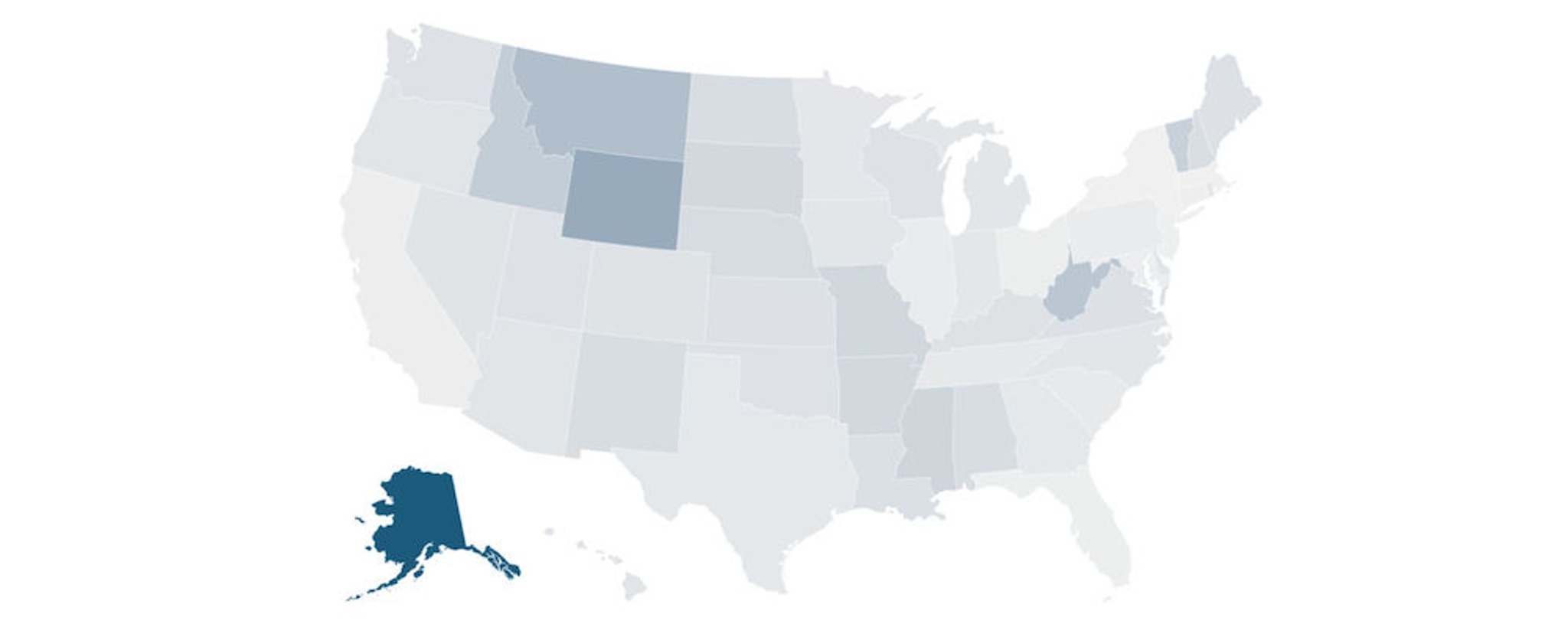Broadband Access and Regulation
Navigate forward to interact with the calendar and select a date. Press the question mark key to get the keyboard shortcuts for changing dates.
Navigate backward to interact with the calendar and select a date. Press the question mark key to get the keyboard shortcuts for changing dates.
ITIF supports policies that encourage private investment in broadband infrastructure, improve affordability and digital inclusion, and enhance the development of all broadband technologies, including fiber, cable, terrestrial wireless, and satellite. We advocate for light-touch regulation to sustain innovation, support mergers that deliver consumer benefits, and ensure a level playing field for private ISPs and American content companies.
Featured
More Publications and Events
July 14, 2025|Blogs
Broadband Myths: LEOs Don’t Belong in BEAD
The case against LEO broadband is built on myths, not facts.
July 7, 2025|Reports & Briefings
Broadband Convergence Is Creating More Competition
Multiple broadband technologies are delivering high-speed Internet service to consumers, creating even more robust competition. Yet, regulations are misaligned with market realities and should be updated to help maximize the consumer benefits of this increasing competition.
June 23, 2025|Blogs
California Should Modernize Its Carrier-of-Last-Resort Requirements
California’s outdated broadband laws are forcing providers to waste resources on obsolete copper lines, slowing progress and hurting consumers.
June 3, 2025|Blogs
Congress and States Should Close Loopholes to Stop Broadband Vandals
Criminals in search of copper destroy broadband infrastructure, causing massive service disruptions. Local crime prevention efforts backed by changes to state and federal regulations will better protect critical communications networks.
June 3, 2025|Op-Eds & Contributed Articles
We’re Trading Centuries of Internet Access for One More Mile of Fiber
In The Hill, Joe Kane argues that the BEAD program’s fiber-first rules risk wasting billions and delaying broadband access where faster, cheaper options exist.
April 30, 2025|Testimonies & Filings
Comments to the FCC Regarding the CTIA Petition for Rulemaking
Congress has recognized that NEPA has spilled out of any reasonable boundaries and is trying to rein it in. Therefore, good policy sense and compliance with the will of Congress require the Commission to narrow the scope of its NEPA review, not defend its current expansive reach.
April 11, 2025|Testimonies & Filings
Comments to the FCC Regarding Identifying and Eliminating Unnecessary Rules and Regulations
Consumers will benefit from updated Federal Communications Commission rules that recognize technical and economic realities and foster a dynamic marketplace for years to come.
April 11, 2025|Testimonies & Filings
Comments to the FCC Regarding Submarine Cable Landing Licenses
Reforming the submarine cable landing license review process is essential for maintaining US leadership in global telecommunications infrastructure while ensuring appropriate national security protections.
March 27, 2025|Blogs
Fiber Bias, Not Tech Neutrality, Delays BEAD Success
At Arielle Roth's confirmation hearing, Senators worried reforming BEAD would cause delays—but the real holdup is fiber favoritism; embracing tech neutrality is the fastest way to close the digital divide.
March 17, 2025|Blogs
Fact of the Week: The Expansion of Submarine Cables Results in a 14 to 21 Percent Drop in Internet Prices
A recent report found that doubling the international Internet bandwidth for a country by installing submarine cables will decrease the cost of fixed and mobile broadband by as much as 14 and 21 percent, respectively.






